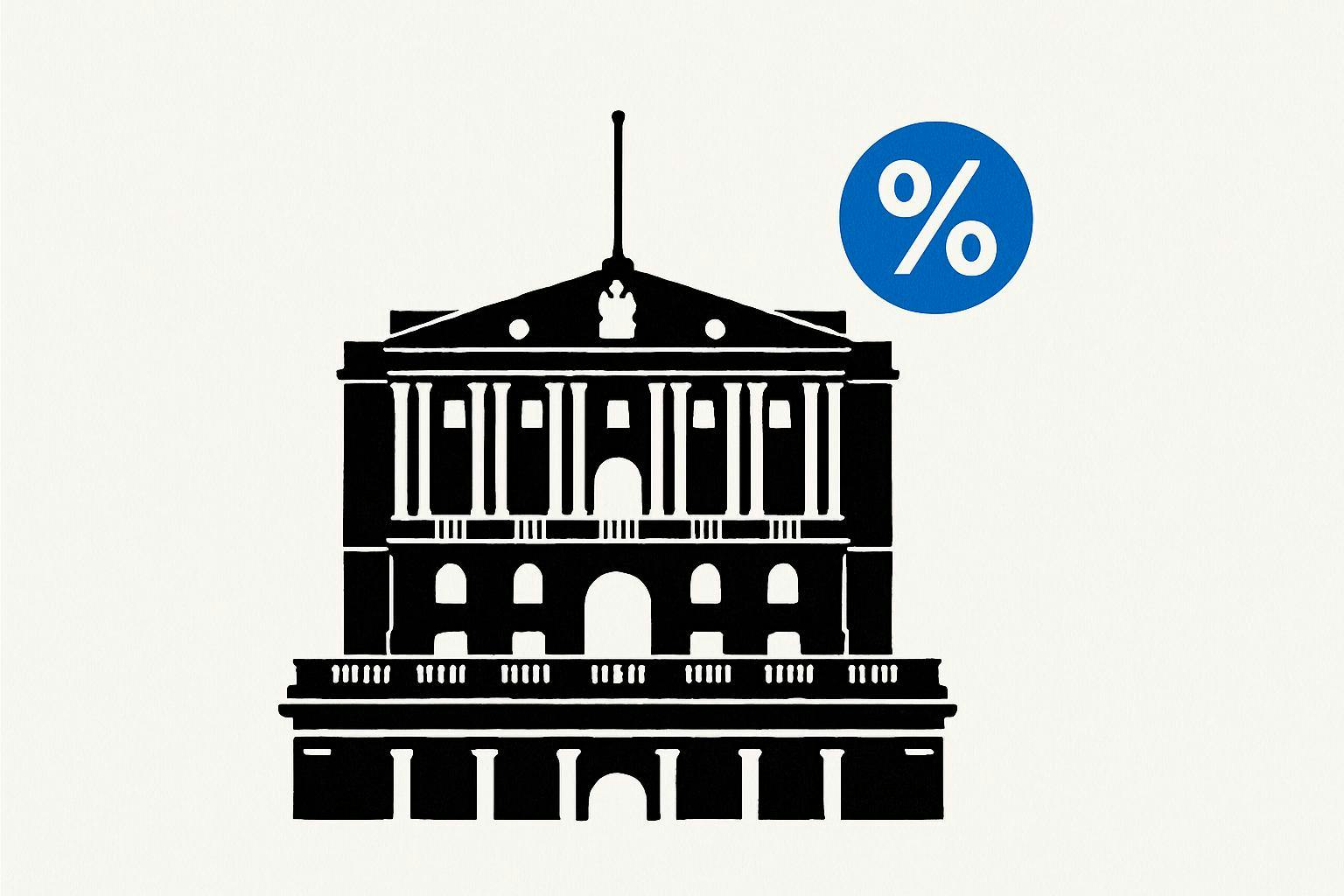What’s going on here?
The Bank of England is moving cautiously on rate cuts, with Governor Andrew Bailey pointing to uncertainties tied to US tariffs.
What does this mean?
In May, the Bank’s Monetary Policy Committee narrowly voted to cut rates to 4.25%, with more cuts on the table. Markets expect the BoE to hold steady in June, predicting a 50 basis point cut by year-end, in line with the US Federal Reserve. Key factors include the need for continued disinflation, global risks, and a fragile labor market. Structural changes in wages and pricing echoing past decades also play a crucial role. Additionally, weak growth, domestic disinflation challenges, and rising energy costs further complicate the economic outlook.
Why should I care?
For markets: Steady as she goes.
With the BoE likely maintaining the 4.25% rate, investors should expect short-term stability. However, a predicted rate cut by the end of 2025 may signal shifts in monetary policy, affecting sectors sensitive to borrowing costs.
The bigger picture: Economic tides in flux.
Global risks and disinflation efforts suggest changing economic conditions. Understanding the interplay between US tariff impacts and domestic productivity could be key to navigating future financial landscapes.
